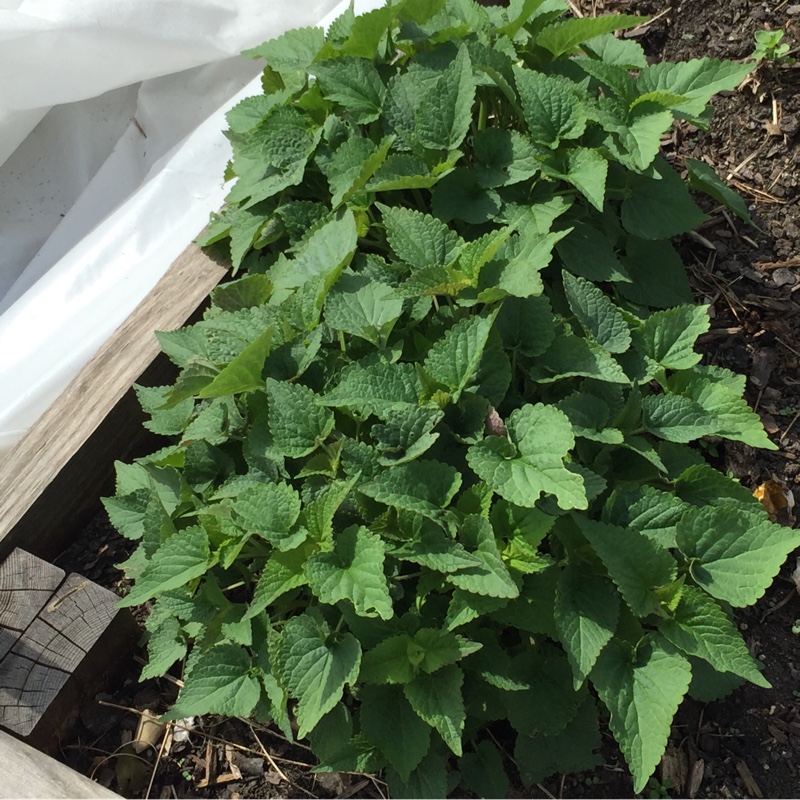
Agastache Rugosa
Korean Hyssop
Agastache is an upright, aromatic flowering herbaceous perennial plant, 0.5–3 m tall, with rigid stems and lance shaped, toothed leaves. The flowers are usually white, pink, mauve, or purple and appear in summer. They are easily grown in moist, well-drained soil and prefer a sunny position. The grow best in alkaline soil but will tolerate poor acid soils. Agastache Rugosa has mint-and-licorice-scented leaves and short spikes of lavender-blue flowers from midsummer to early autumn. Unlike most agastaches, it can tolerate lots of moisture and humity.
-
Full sun
-
Very little water
-
Frost Hardy: 23F (-5°C)
-
Moist and free draining
Common name
Korean Hyssop
Latin name
Agastache Rugosa
type
Perennial
family
Lamiaceae
ph
6.5 - 8.0 Acid - Neutral
Plant & bloom calendar
-
Best time to plant
full grown dimensions
 0.50 M
0.60 M
0.50 M
0.60 M
Agastache Rugosa
Agastache is an upright, aromatic flowering herbaceous perennial plant, 0.5–3 m tall, with rigid stems and lance shaped, toothed leaves. The flowers are usually white, pink, mauve, or purple and appear in summer. They are easily grown in moist, well-drained soil and prefer a sunny position. The grow best in alkaline soil but will tolerate poor acid soils. Agastache Rugosa has mint-and-licorice-scented leaves and short spikes of lavender-blue flowers from midsummer to early autumn. Unlike most agastaches, it can tolerate lots of moisture and humity.
Planting
From Early Spring TO Early Spring
Plant young plants as a gap-filler in herb gardens or in sunny, dry places, for example at the base of walls. Grows best in well-drained alkaline soil but will tolerate poor acid soils. Tends to be short-lived. Water newly-planted agastache regularly, until it is established. Once established it can tolerate a certain amount of drought, so would only need watering in prolonged dry spells of weather
Propagation by division.
From Early Spring TO Early Spring
Propagate by division in spring or propagate by semi-ripe cuttings in late summer for overwintering under cover. To divide, place two hand forks back-to-back near the middle of the plant. Gently push the handles back and forth so that the prongs gradually tease the plant apart. Repeat the process with each portion to divide the plant into more sections, making sure each section has a healthy bud.








